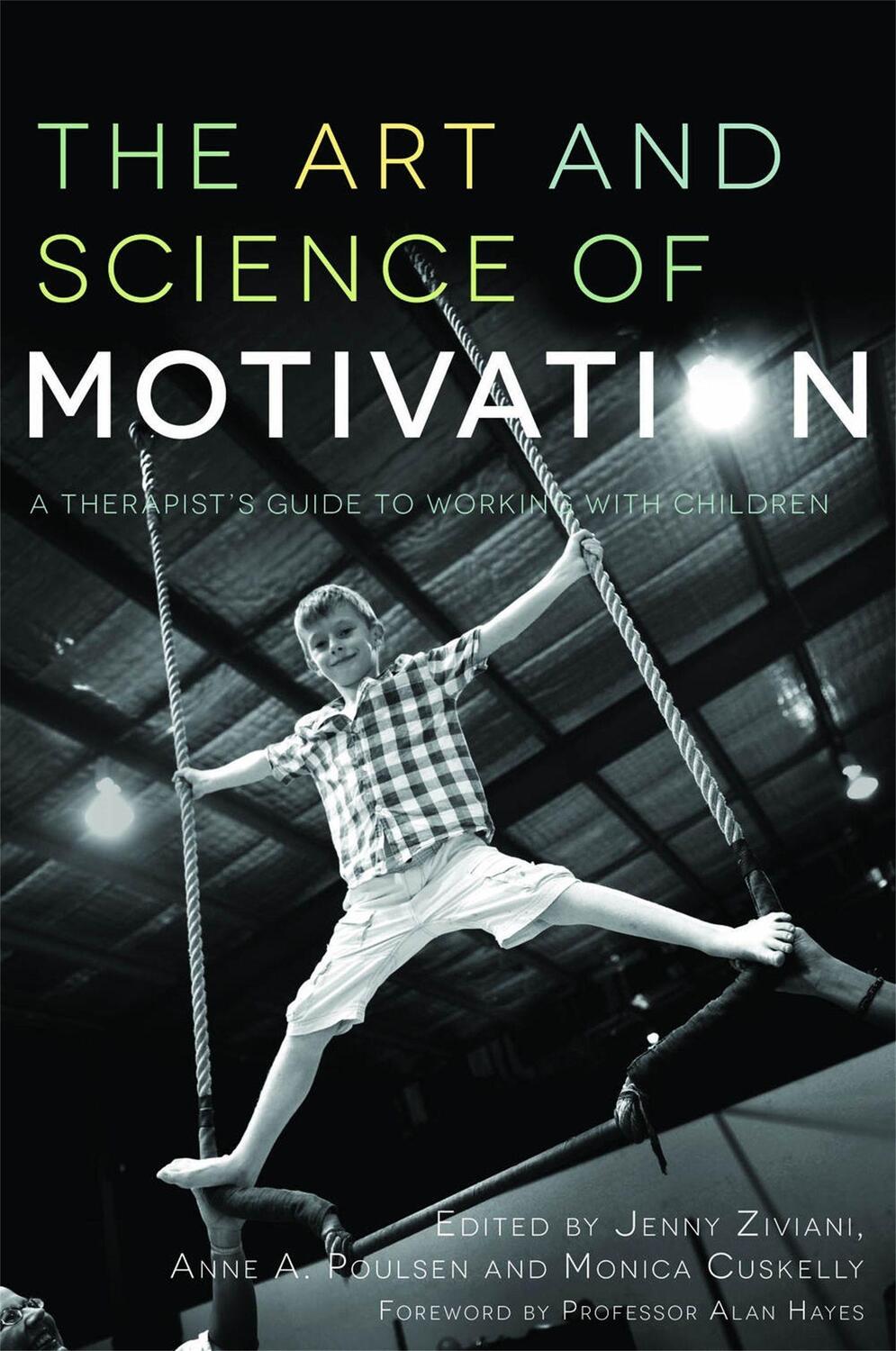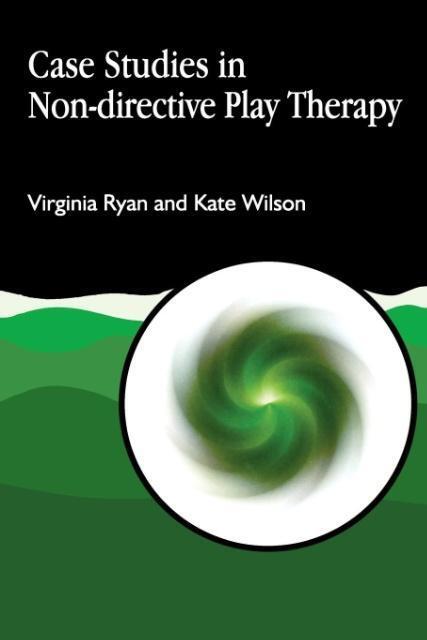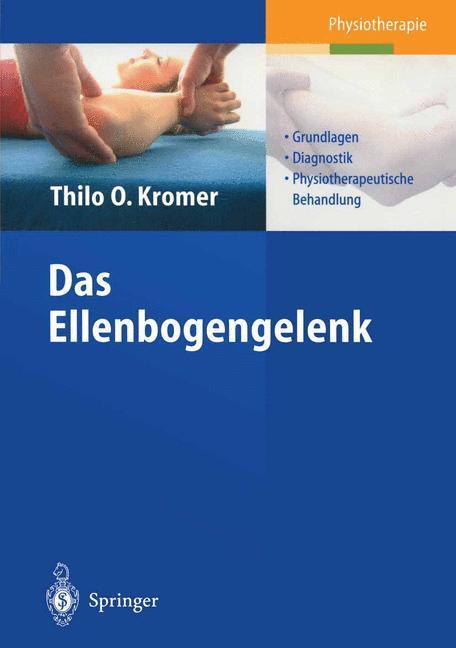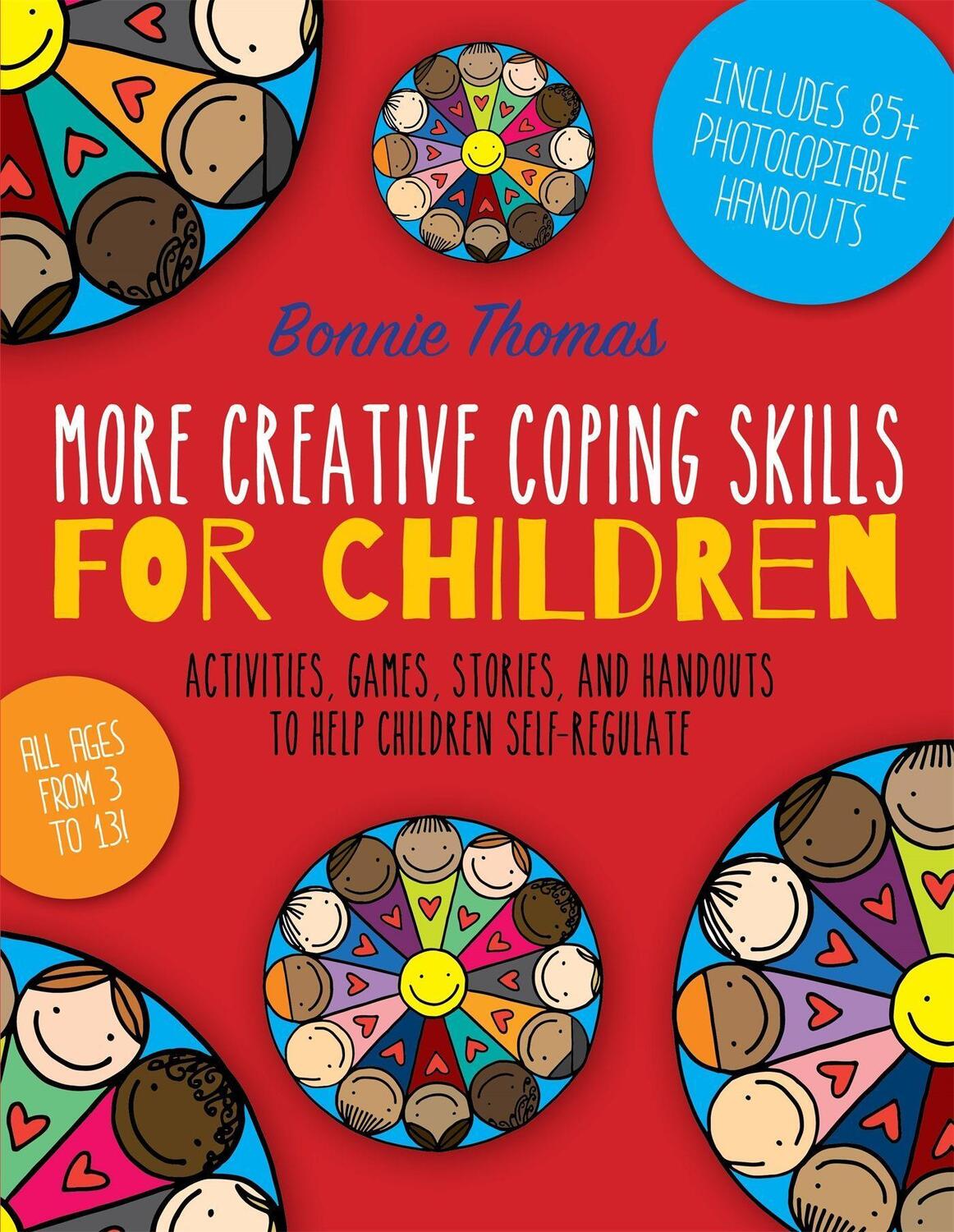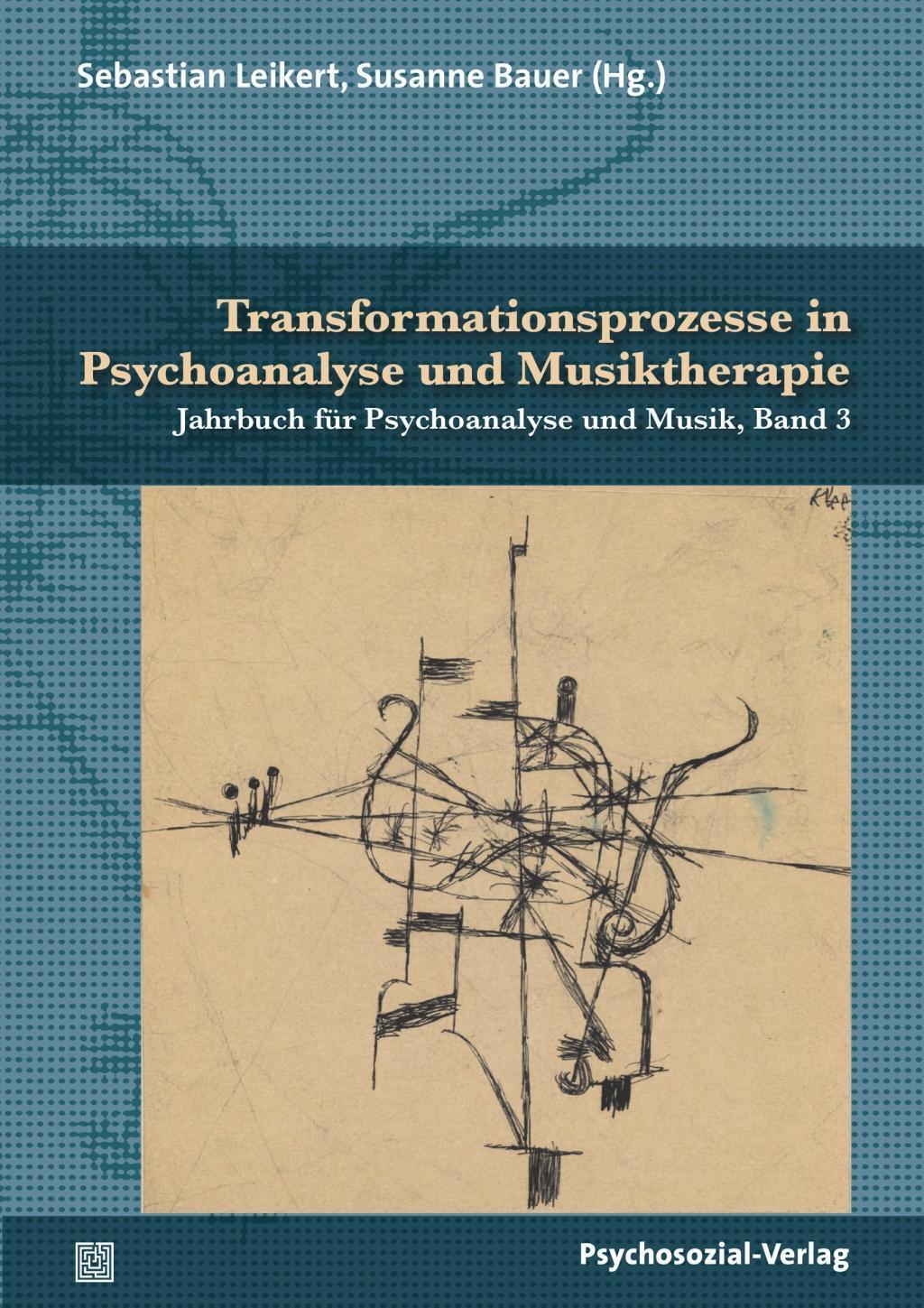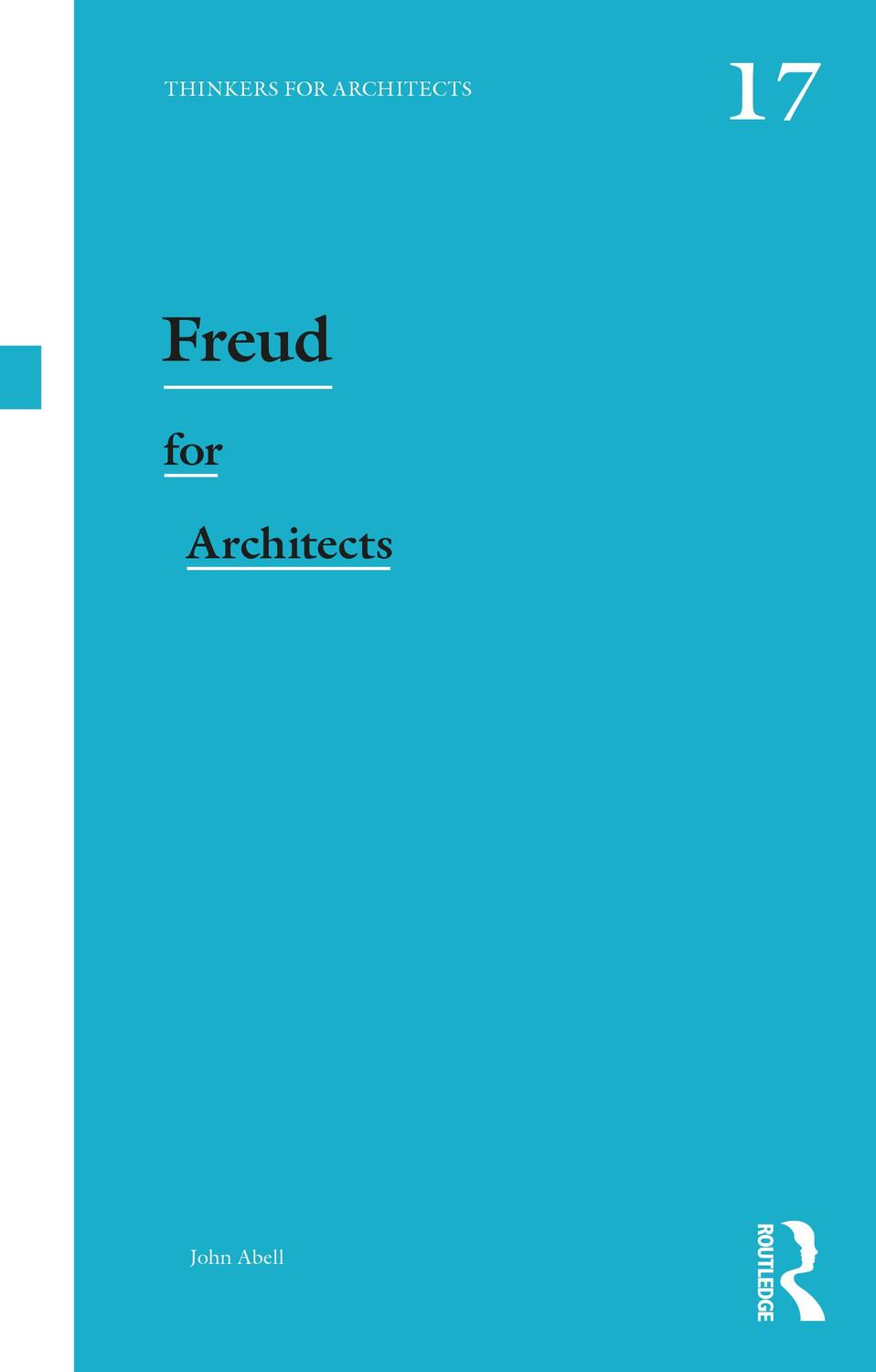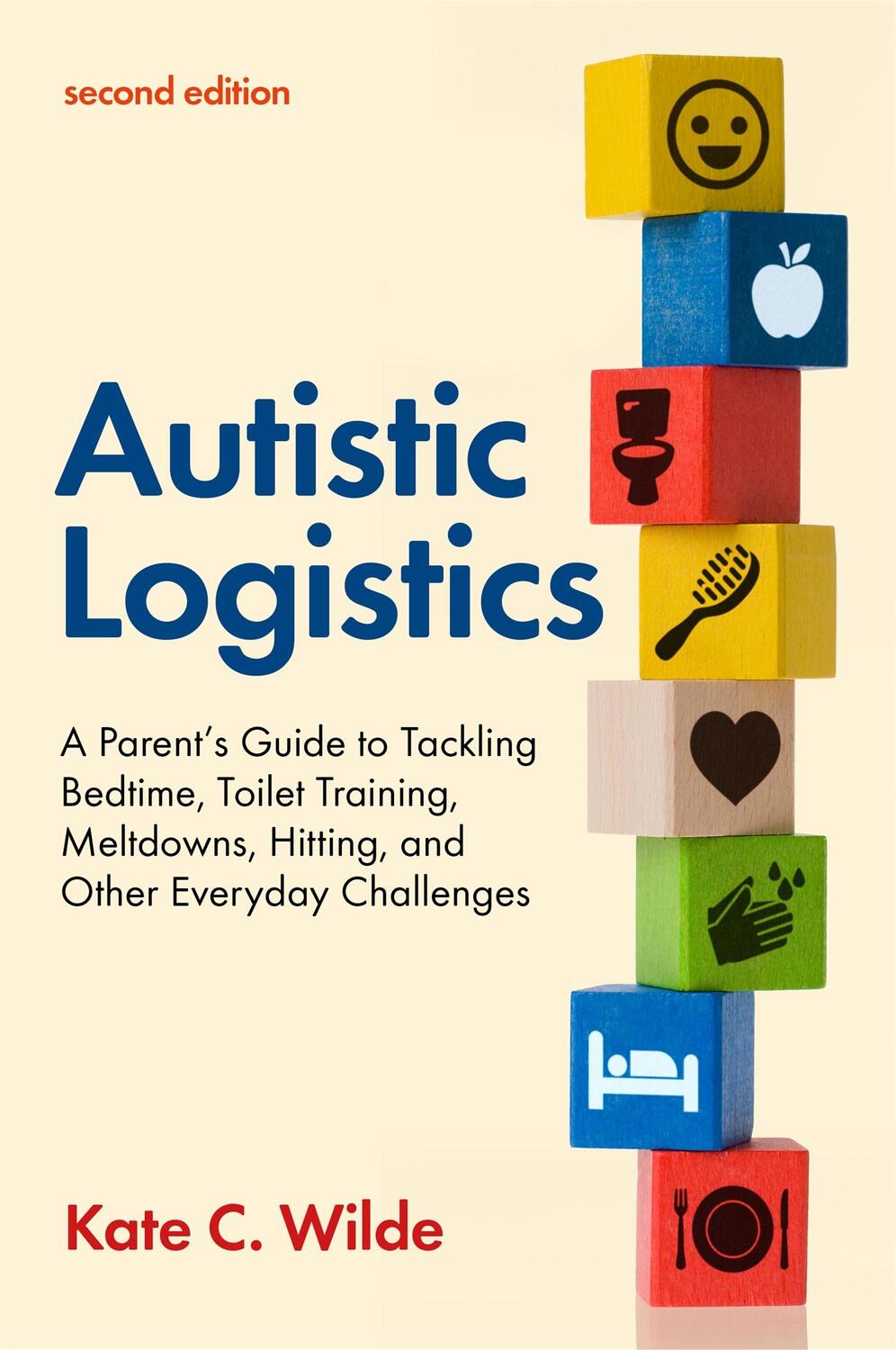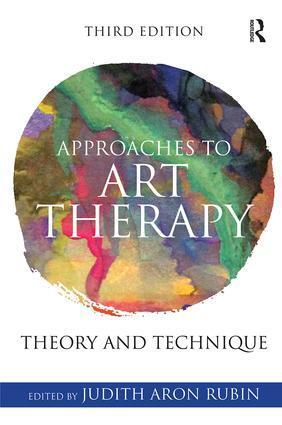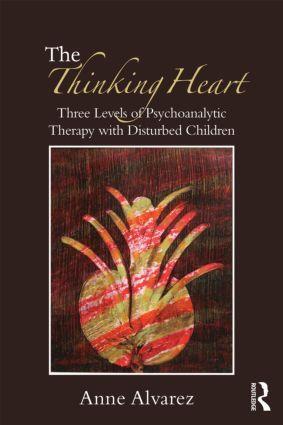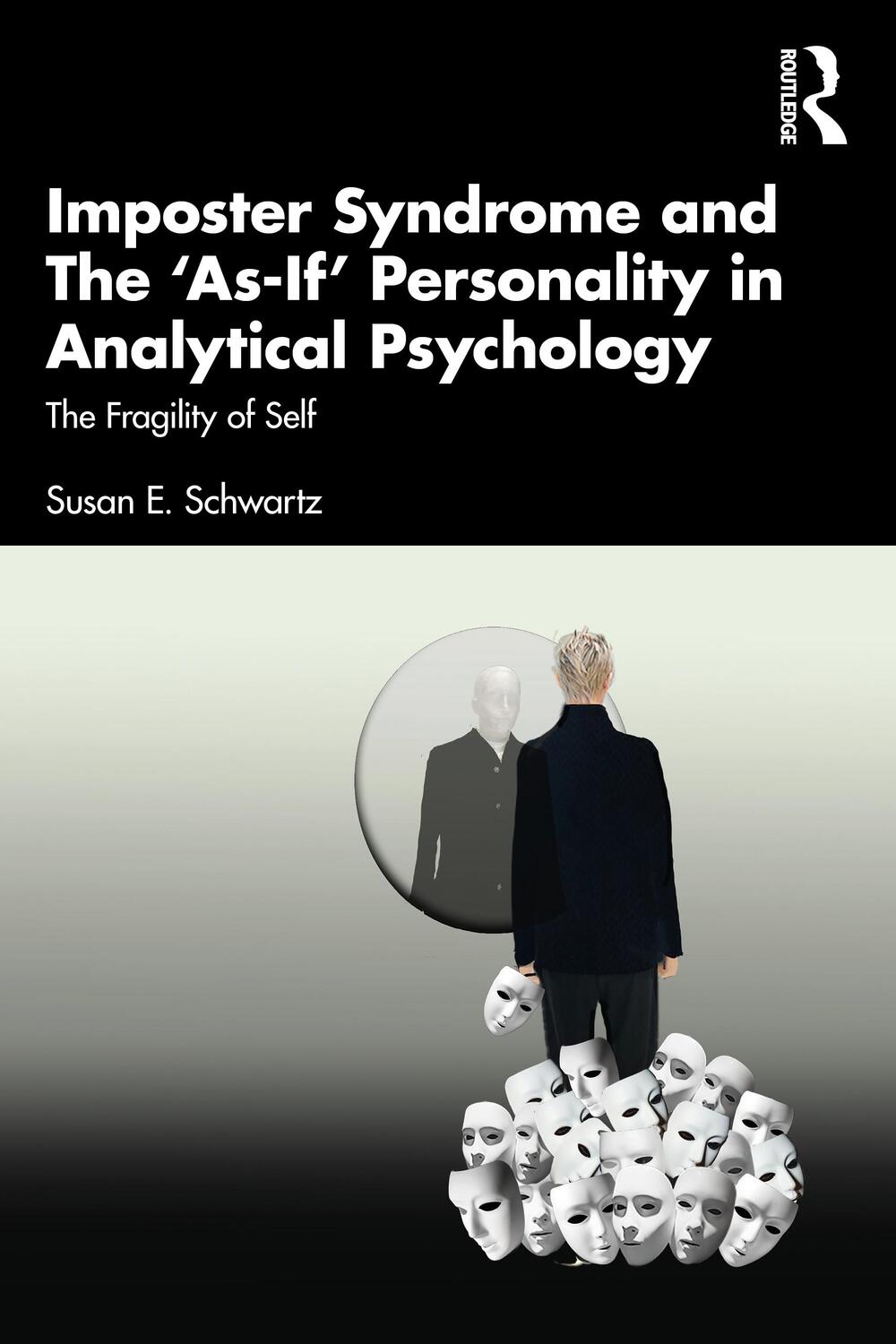Dekorationsartikel gehören nicht zum Leistungsumfang.
Sprache:
Englisch
42,00 €*
Versandkostenfrei per Post / DHL
Aktuell nicht verfügbar
Kategorien:
Beschreibung
This book provides a comprehensive understanding of methods for working with children with a range of difficulties. It presents a new model for working with these groups to enhance motivation and engagement and to achieve the best possible treatment outcomes. It will be an inspiring read for all those working therapeutically with children.
This book provides a comprehensive understanding of methods for working with children with a range of difficulties. It presents a new model for working with these groups to enhance motivation and engagement and to achieve the best possible treatment outcomes. It will be an inspiring read for all those working therapeutically with children.
Inhaltsverzeichnis
Dedication. Contents. List of Tables. List of Figures. List of Resources. List of Recollections. List of Boxes. Acknowledgements. Contributing Authors. Foreword by Professor Alan Hayes. Preface. 1. Understanding Motivation in the Context of Engaging Children in Therapy. Anne A. Poulsen, Post-Doctoral Researcher, University of Queensland, Australia, Jenny Ziviani, Professor of Children's Allied Health Research, University of Queensland, Australia and Monica Cuskelly, Associate Professor, School of Education, University of Queensland, Australia. Overview. Introducing the SCOPE-IT Model and the Macrotheory of Self-Determination. The Heart of the SCOPE-IT Model: Motivation. Three Basic Psychological Needs. Autonomy: "I have choices". Relatedness - "I am connected to others". Competence - "I can do things". Causality Orientations. Self-Determination Theory - The Motivation Continuum. Stage One: Amotivation. Stage Two: External Regulation. Stage Three: Introjected Regulation. Stage Four: Identified Regulation. Stage Five: Integrated Regulation. Stage Six: Intrinsic Motivation. Summary. 2. Children's Understanding of Purpose: A Matter of Choice. Monica Cuskelly, Associate Professor, School of Education, University of Queensland, Australia and Anne A. Poulsen, Post-Doctoral Researcher, University of Queensland, Australia. Overview. Self-Determined Behaviour. What constitutes autonomy? Why is it important to promote autonomy? What types of environment promote the development and use of autonomy-related self-determination skills? Autonomy-supportive therapeutic environments. Challenges to providing an autonomy-supportive service. Groups who may require particular consideration with respect to autonomy support. Children whose parents adopt a controlling style. Children with a disability. Adolescents. Children from different cultural backgrounds. Challenges for autonomy-supportive therapeutic practice. Assessment. Areas where consequences are serious. Child goals that are unrealistic or at odds with those of the therapist. Working with families. Structure in therapy. Prior experience of autonomy-supportive environments. Does the use of reinforcement undermine motivation in therapy? Summary. 3. Connecting: Nutriments from the Social Environment. Jenny Ziviani, Professor of Children's Allied Health Research, University of Queensland, Australia and Anne A. Poulsen, Post-Doctoral Researcher, University of Queensland, Australia. Overview. The Therapeutic Relationship. Spheres of Connection. Identifying Connections. Socio-environmental Influences. Family. School. Neighbourhoods and Community Organisations. Motivational Climates. Virtual Connections. Building Partnerships. Early Days in the Relationship: Setting Goals as a Collaborative Venture. The Ongoing Relationship. Working with Other Health Care Practitioners. Moving Forward. Practitioner Self-Care. Summary. 4. Achieving Success: Facilitating Skill Acquisition and Enabling Participation. Craig Greber, Occupational Therapy Clinical Education Officer, Nambour General Hospital, Queensland, Australia, Jim Hinojosa, Professor, Department of Occupational Therapy, New York University, USA. Overview. Why is competence important? Defining competence. Children's perceptions of their own competence. Self-theories. Enhancing Self-perceptions of competence. Enhancing competence through skill acquisition. Teaching-learning strategies to support the development of competence. 5. Using Language to Motivate. Marilyn Kertoy, Associate Professor, School of Communication Sciences and Disorders, University of Western Ontario, Canada and Anne A. Poulsen, Post-Doctoral Researcher, University of Queensland, Australia. Overview. How the therapist's language influences engagement. Getting started. Developing and strengthening the child-practitioner relationship through the use of language. Our language reveals more to others than we realize. Nonverbal messages used by practitioners. Verbal messages used by practitioners. Autonomy-enhancing language practices used by practitioners. Feedback and praise. Relatedness-enhancing language use by practitioners. Competence-enhancing language use by practitioners. Combining language and enabling strategies to address the three ARC components of need satisfaction throughout therapy. Children's language use in therapy. Developmental stages in the acquisition of children's language. Children's language and the Self-Determination Theory continuum. Amotivation. External Regulation. Introjected Regulation. Identified and Integrated Regulation. Intrinsic Motivation. Children's nonverbal messages. Summary. 6. Know the Child: Maximizing Engagement and Persistence in Therapy. Monica Cuskelly, Associate Professor, School of Education, University of Queensland, Australia and Gillian King, Senior Scientist, Bloorview Research Institute, Toronto, Canada. Overview. Engaging in therapy. What does engagement look like? The role of assessment in understanding the child/family. Child characteristics affecting engagement in therapy. Readiness for change. Self-awareness. Future time sense. Relationship with the therapist. Age and developmental status. Environmental factors affecting child engagement in therapy. Family environment. School and community environments. Therapist strategies to engage the child. Summary. 7. Structuring and Working with the Environment. Winnie Dunn, Professor and Chair, Department of Occupational Therapy, University of Kansas Medical Centre, USA and Jenny Ziviani, Professor of Children's Allied Health Research, University of Queensland, Australia. Overview. Temporal environment. Children's experience of time. Physical settings. Sociocultural considerations. Environment and self-determination. Environmental intervention: A complex network of factors. Authentic settings, routines and generalization. Harnessing inherent environmental characteristics. Universal Design: Creating friendly and motivating environments for everyone. The design is useful and marketable to people with diverse abilities. The design is easy to understand. The design communicates necessary information effectively. The design minimizes hazards and accidental or unintended actions. The design can be used efficiently and comfortably. Appropriate size and space is provided. Summary. 8. What Makes it Work? A Collaboration. Jonathan Crockett, Social Worker, South Brisbane, Australia, Moira Boyle, Occupational Therapist, Toowoomba, Australia and Jenny Ziviani, Professor of Children's Allied Health Research, University of Queensland, Australia. The Therapist's Voice. An individual journey. Meeting Jonathon and his family. Early days. Negotiating systems. A therapy focus based on psychological need support. Jonathon's voice. Where the rubber hit the road. Off to a "flying start" - negotiating the terrain. Beyond high school. What made this relationship work? Conclusion. References. Index.
Details
| Erscheinungsjahr: | 2012 |
|---|---|
| Fachbereich: | Theoretische Psychologie |
| Genre: | Psychologie |
| Rubrik: | Geisteswissenschaften |
| Medium: | Taschenbuch |
| Seiten: | 296 |
| ISBN-13: | 9781849051255 |
| ISBN-10: | 1849051259 |
| Sprache: | Englisch |
| Einband: | Kartoniert / Broschiert |
| Redaktion: |
Ziviani, Jenny
Poulsen, Anne Cuskelly, Monica |
| Hersteller: | Jessica Kingsley Publishers |
| Maße: | 228 x 151 x 17 mm |
| Von/Mit: | Jenny Ziviani (u. a.) |
| Erscheinungsdatum: | 15.10.2012 |
| Gewicht: | 0,427 kg |
Inhaltsverzeichnis
Dedication. Contents. List of Tables. List of Figures. List of Resources. List of Recollections. List of Boxes. Acknowledgements. Contributing Authors. Foreword by Professor Alan Hayes. Preface. 1. Understanding Motivation in the Context of Engaging Children in Therapy. Anne A. Poulsen, Post-Doctoral Researcher, University of Queensland, Australia, Jenny Ziviani, Professor of Children's Allied Health Research, University of Queensland, Australia and Monica Cuskelly, Associate Professor, School of Education, University of Queensland, Australia. Overview. Introducing the SCOPE-IT Model and the Macrotheory of Self-Determination. The Heart of the SCOPE-IT Model: Motivation. Three Basic Psychological Needs. Autonomy: "I have choices". Relatedness - "I am connected to others". Competence - "I can do things". Causality Orientations. Self-Determination Theory - The Motivation Continuum. Stage One: Amotivation. Stage Two: External Regulation. Stage Three: Introjected Regulation. Stage Four: Identified Regulation. Stage Five: Integrated Regulation. Stage Six: Intrinsic Motivation. Summary. 2. Children's Understanding of Purpose: A Matter of Choice. Monica Cuskelly, Associate Professor, School of Education, University of Queensland, Australia and Anne A. Poulsen, Post-Doctoral Researcher, University of Queensland, Australia. Overview. Self-Determined Behaviour. What constitutes autonomy? Why is it important to promote autonomy? What types of environment promote the development and use of autonomy-related self-determination skills? Autonomy-supportive therapeutic environments. Challenges to providing an autonomy-supportive service. Groups who may require particular consideration with respect to autonomy support. Children whose parents adopt a controlling style. Children with a disability. Adolescents. Children from different cultural backgrounds. Challenges for autonomy-supportive therapeutic practice. Assessment. Areas where consequences are serious. Child goals that are unrealistic or at odds with those of the therapist. Working with families. Structure in therapy. Prior experience of autonomy-supportive environments. Does the use of reinforcement undermine motivation in therapy? Summary. 3. Connecting: Nutriments from the Social Environment. Jenny Ziviani, Professor of Children's Allied Health Research, University of Queensland, Australia and Anne A. Poulsen, Post-Doctoral Researcher, University of Queensland, Australia. Overview. The Therapeutic Relationship. Spheres of Connection. Identifying Connections. Socio-environmental Influences. Family. School. Neighbourhoods and Community Organisations. Motivational Climates. Virtual Connections. Building Partnerships. Early Days in the Relationship: Setting Goals as a Collaborative Venture. The Ongoing Relationship. Working with Other Health Care Practitioners. Moving Forward. Practitioner Self-Care. Summary. 4. Achieving Success: Facilitating Skill Acquisition and Enabling Participation. Craig Greber, Occupational Therapy Clinical Education Officer, Nambour General Hospital, Queensland, Australia, Jim Hinojosa, Professor, Department of Occupational Therapy, New York University, USA. Overview. Why is competence important? Defining competence. Children's perceptions of their own competence. Self-theories. Enhancing Self-perceptions of competence. Enhancing competence through skill acquisition. Teaching-learning strategies to support the development of competence. 5. Using Language to Motivate. Marilyn Kertoy, Associate Professor, School of Communication Sciences and Disorders, University of Western Ontario, Canada and Anne A. Poulsen, Post-Doctoral Researcher, University of Queensland, Australia. Overview. How the therapist's language influences engagement. Getting started. Developing and strengthening the child-practitioner relationship through the use of language. Our language reveals more to others than we realize. Nonverbal messages used by practitioners. Verbal messages used by practitioners. Autonomy-enhancing language practices used by practitioners. Feedback and praise. Relatedness-enhancing language use by practitioners. Competence-enhancing language use by practitioners. Combining language and enabling strategies to address the three ARC components of need satisfaction throughout therapy. Children's language use in therapy. Developmental stages in the acquisition of children's language. Children's language and the Self-Determination Theory continuum. Amotivation. External Regulation. Introjected Regulation. Identified and Integrated Regulation. Intrinsic Motivation. Children's nonverbal messages. Summary. 6. Know the Child: Maximizing Engagement and Persistence in Therapy. Monica Cuskelly, Associate Professor, School of Education, University of Queensland, Australia and Gillian King, Senior Scientist, Bloorview Research Institute, Toronto, Canada. Overview. Engaging in therapy. What does engagement look like? The role of assessment in understanding the child/family. Child characteristics affecting engagement in therapy. Readiness for change. Self-awareness. Future time sense. Relationship with the therapist. Age and developmental status. Environmental factors affecting child engagement in therapy. Family environment. School and community environments. Therapist strategies to engage the child. Summary. 7. Structuring and Working with the Environment. Winnie Dunn, Professor and Chair, Department of Occupational Therapy, University of Kansas Medical Centre, USA and Jenny Ziviani, Professor of Children's Allied Health Research, University of Queensland, Australia. Overview. Temporal environment. Children's experience of time. Physical settings. Sociocultural considerations. Environment and self-determination. Environmental intervention: A complex network of factors. Authentic settings, routines and generalization. Harnessing inherent environmental characteristics. Universal Design: Creating friendly and motivating environments for everyone. The design is useful and marketable to people with diverse abilities. The design is easy to understand. The design communicates necessary information effectively. The design minimizes hazards and accidental or unintended actions. The design can be used efficiently and comfortably. Appropriate size and space is provided. Summary. 8. What Makes it Work? A Collaboration. Jonathan Crockett, Social Worker, South Brisbane, Australia, Moira Boyle, Occupational Therapist, Toowoomba, Australia and Jenny Ziviani, Professor of Children's Allied Health Research, University of Queensland, Australia. The Therapist's Voice. An individual journey. Meeting Jonathon and his family. Early days. Negotiating systems. A therapy focus based on psychological need support. Jonathon's voice. Where the rubber hit the road. Off to a "flying start" - negotiating the terrain. Beyond high school. What made this relationship work? Conclusion. References. Index.
Details
| Erscheinungsjahr: | 2012 |
|---|---|
| Fachbereich: | Theoretische Psychologie |
| Genre: | Psychologie |
| Rubrik: | Geisteswissenschaften |
| Medium: | Taschenbuch |
| Seiten: | 296 |
| ISBN-13: | 9781849051255 |
| ISBN-10: | 1849051259 |
| Sprache: | Englisch |
| Einband: | Kartoniert / Broschiert |
| Redaktion: |
Ziviani, Jenny
Poulsen, Anne Cuskelly, Monica |
| Hersteller: | Jessica Kingsley Publishers |
| Maße: | 228 x 151 x 17 mm |
| Von/Mit: | Jenny Ziviani (u. a.) |
| Erscheinungsdatum: | 15.10.2012 |
| Gewicht: | 0,427 kg |
Warnhinweis

